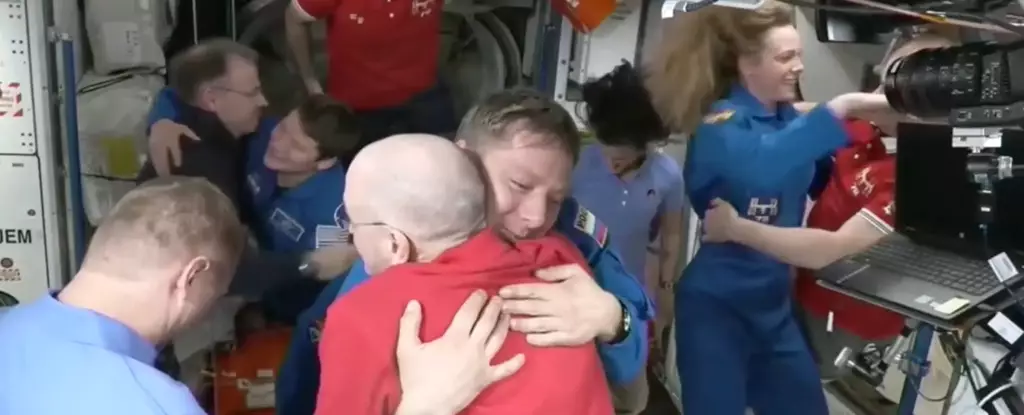In a remarkable feat of modern aerospace engineering, SpaceX’s Dragon spacecraft achieved a successful docking at the International Space Station (ISS) on Sunday, enabling the long-awaited return of US astronauts Butch Wilmore and Suni Williams. This momentous event unfolded just 29 hours post-launch from Florida’s Kennedy Space Center, a testament to the precision and reliability of private aerospace endeavors. The Crew-10 mission, which carried a diverse group of participants including NASA astronauts Anne McClain and Nichole Ayers, Japanese astronaut Takuya Onishi, and Russian cosmonaut Kirill Peskov, captivated audiences worldwide through a livestream broadcast depicting the joyous reunion in the zero-gravity environment of the ISS.
The Reality of Space Travel Challenges
However, the emotional jubilation was underscored by the tumultuous journey that Wilmore and Williams had endured during their unplanned extension aboard the ISS. Originally slated for just eight days, their mission was unexpectedly prolonged due to severe complications involving Boeing’s Starliner spacecraft, which had transported them to the ISS. Technical difficulties, such as helium leaks and thruster failures, forced NASA to opt for returning the Starliner uncrewed, thereby prioritizing safety while gathering invaluable data for future endeavors. This episode shone a spotlight on the inherent unpredictability and risks associated with space travel, and it emphasizes that even the most modest missions can morph into extraordinary challenges.
The Significance of Collaborative Efforts
In navigating these hurdles, the collaborative efforts between NASA and aerospace companies like SpaceX and Boeing displayed the importance of adaptability in human spaceflight. While the Starliner’s safe return in September marked a significant milestone, it also illustrated the nuanced relationship between government space agencies and private enterprises. Such partnerships are essential for addressing the complexities of space exploration, while also championing innovation that paves the way for deeper space missions in the future. The arrival of Crew-10 was not merely a transport mission; it symbolized the culmination of extensive teamwork aimed at enhancing human spaceflight capabilities.
The Future Awaits: Mission Crew-10
Now, with Wilmore and Williams preparing for their eventual return to Earth—which, according to NASA, will occur no sooner than March 19—the ISS will once again be the focus of scientific inquiry and discovery. Crew-10 astronauts are set to occupy the station for roughly six months, concentrating on critical research projects that are instrumental in preparing humankind for future explorations beyond our planet. The high expectations from Crew-10 not only aim to advance our understanding of life in space but also serve as a bright beacon of hope for those fascinated by the potential for interplanetary travel.
As excitement builds surrounding the Crew-10 mission and the impending return of the stranded astronauts, the event serves as a testament to human ingenuity, resilience, and the undeterred spirit of exploration. The road to the stars is fraught with uncertainties, but it remains a compelling adventure that continuously captivates and unites humanity.


Leave a Reply